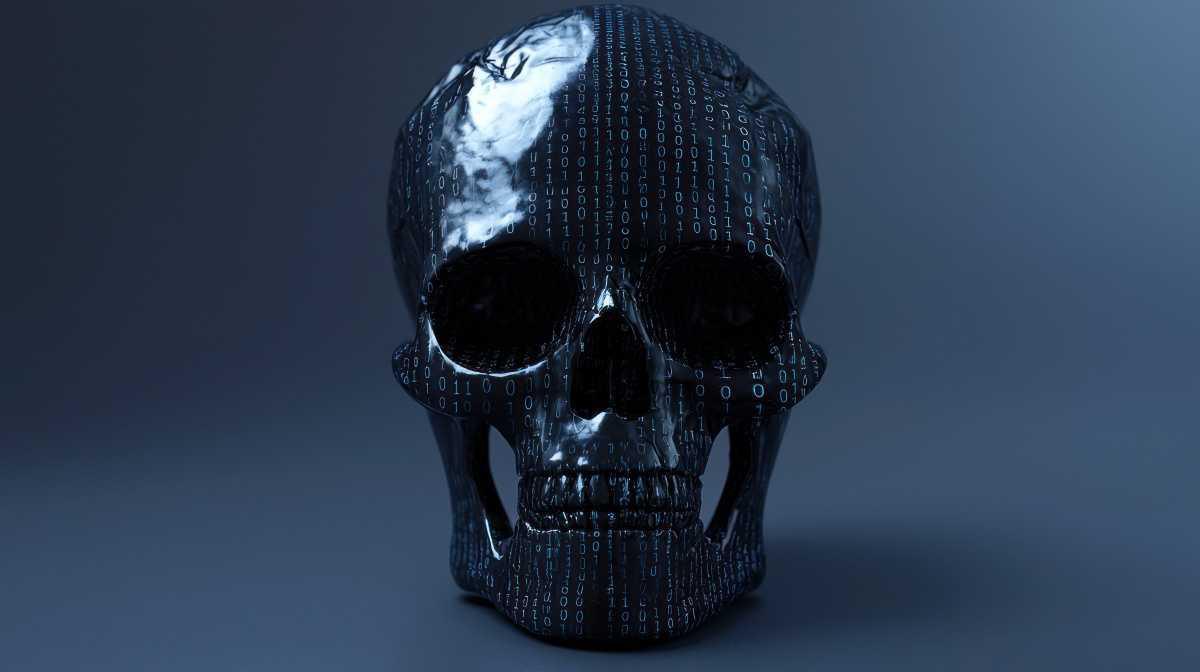The 21st century has brought us many conveniences—instant messaging, cloud backups, facial recognition. But it’s also brought us an existential quandary fit for Black Mirror: What happens to your data after you die? Your emails, Instagram selfies, Google search history, unread Slack messages, and even your biometric data—do they pass into the digital ether? Or do they haunt the internet forever, spectral remnants of your online self?
Let’s start with the basics. Most online platforms, from Facebook to Apple, have digital legacy policies—if you dig through the fine print. Meta’s “Memorialized Accounts,” for example, freeze your profile in time while allowing loved ones to request limited access. Google offers an “Inactive Account Manager” that lets you designate a data trustee. These tools exist, but they’re rarely used. Most people don’t plan their digital afterlives with the same care they give to wills or funeral playlists.
The legal terrain is murky. Data privacy laws like GDPR and CCPA focus on the living. After death, your rights to data are often governed more by platform policies than by government protections. In many places, there are no clear regulations on who owns or controls your digital assets once you're gone. That means your tweets could float around forever—or be deleted by the whims of an algorithm.
Then there’s the economic dimension. Your data—your preferences, purchases, habits—is a valuable commodity. Companies often retain that data long after your last breath. In theory, this helps “improve services” or “maintain safety.” In practice, it’s unclear who benefits—especially when the dead can’t opt out. Your ghost data might still be feeding recommendation engines, training AI, or fueling marketing decisions for products you'll never buy.
But death doesn’t always mean disappearance. AI memorial bots—yes, they exist—can replicate a deceased person’s voice, text patterns, even personality. Some companies are already offering to “resurrect” loved ones using chatbots trained on their digital footprints. It’s a surreal form of techno-grieving, raising questions about authenticity, consent, and whether closure can ever come from a simulation.
The emotional consequences are just as complex. Digital remains—old texts, tagged photos, Spotify playlists—can serve as a comfort or a torment. Some people revisit them like digital tombstones; others find the reminders painful and intrusive. Social media timelines filled with birthday wishes to the deceased blur the line between tribute and denial, between memory and metadata.
Culturally, we’re still catching up. In the past, mourning rituals had clear boundaries: wakes, burials, periods of mourning. Now, grief is tangled up in notifications and login credentials. We need new rituals, perhaps even new professions, for handling digital remains. Think: digital undertakers or afterlife data consultants.
So what can you do? First, name a digital executor in your will. Second, use the tools available—like Google’s Inactive Account Manager or Apple’s Legacy Contacts. Third, consider writing a “digital will” that outlines what should happen to your social media, cloud storage, and email accounts. It’s morbid, yes—but also modern.
Because in the end, the internet never forgets. And as long as your data lingers online, a part of you does too—forever scrolling, clicking, and tagging, in a ghost story written not with ink, but with code.


